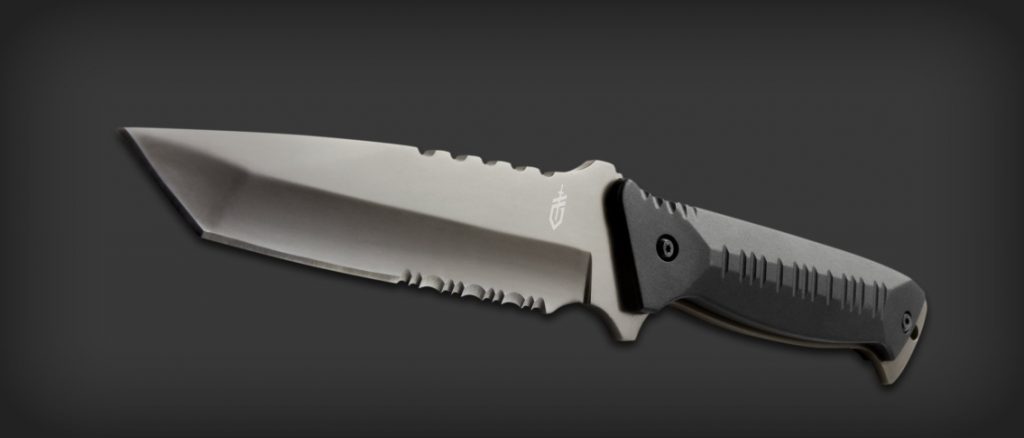We usually don’t think a lot about survival knifes because they’re so ubiquitous and represent a fundamental item in our bug out bags, backpacks and survival kits. We also know that they can be an essential multi-tool to have on hand in the field, both under normal circumstances as well as during a crisis. In fact, chances are that you’re thinking of at least a few uses right now as you read this, and this illustrates why they are so important.
However, its easy to be mindful of their basic uses, such as things like cutting, hammering, filleting or hunting while overlooking other benefits that they may provide as well. Here are a few examples of random things that we can do with survival knives that may not immediately come to mind, and hopefully they’ll provoke you into thinking of a few of your own.
Skinning
Survival knives are ideal for skinning animals, and they are surprisingly-efficient. All you need is one with a good blade and sharp point, and you can cut, pull and separate skin from connective tissue with ease. In fact, with a little bit of practice, you can easily experience the same results found with fillet knifes or sharp stones, and this can provide you with a suitable alternative in the field if you don’t have those options available at the time.
Poke Holes
Survival knives are great pokers, and they can be much-easier to handle than pocket knives or other pointy objects in the field. They are larger, and this gives us more leverage which makes it easier to gouge things with minimal effort. They can also be used to make progressively wider holes as more of the blade is pressed and twisted around the edges. This is ideal for making holes in containers and buckets, but it can also be used for things like making holes for cordage in plastic and wood as well.
Baton
If you have good cordage and a secure anchor point, you can easily turn your knife into a baton or bayonet. While this may not be your first choice in terms of improvising a weapon for hunting or self-defense, it can get the job done in a pinch.
Prying
While most survival experts will advise against using your knife as a pry bar because it can damage the blade, it’s a suitable option to consider under the right circumstances. Blades on a good knife are sturdy, the handle will give you leverage, and you can pry apart hard to separate items without wrecking your hands in the process.
Digging
While this isn’t the most-efficient way to make a hole, you can use the blade of your knife to cut around the edges and make it easier to scoop stuff out. It can also be used to break up hard and compact soil or loosen rocks to make them easier to remove. This will also give you more options in terms of being able to improvise a sturdy scoop out of limited material you may have on hand at the time as well.
Take some time to think of creative ways to put your survival knife to good use in a pinch, and feel free to share some ideas that you come up with. This will help you to appreciate the value of having a good knife on hand, as well as the importance of choosing one that is designed well, rugged and durable.
